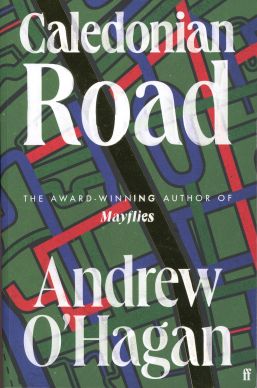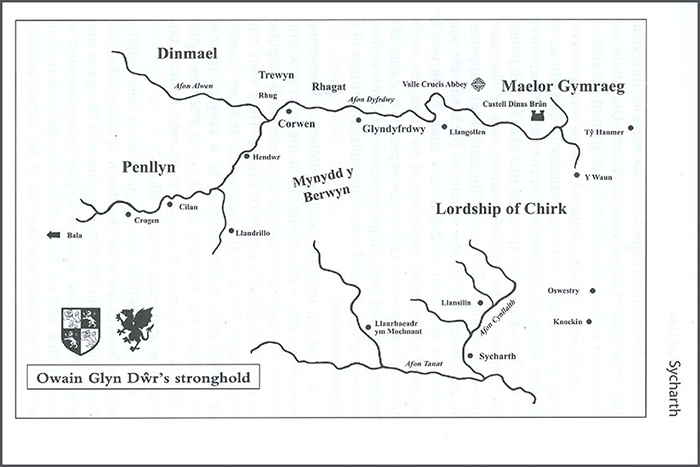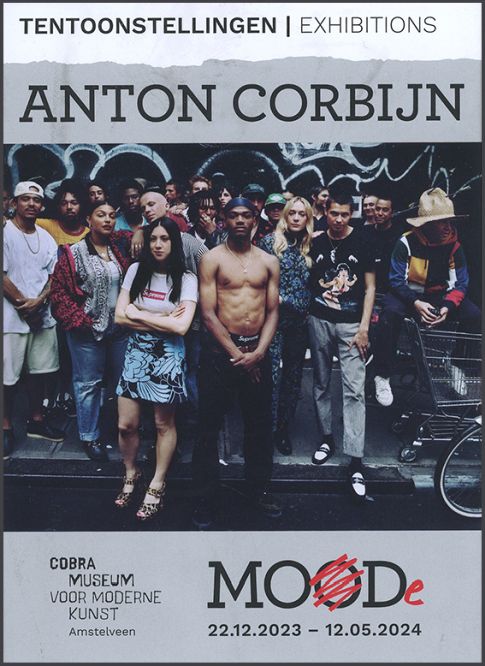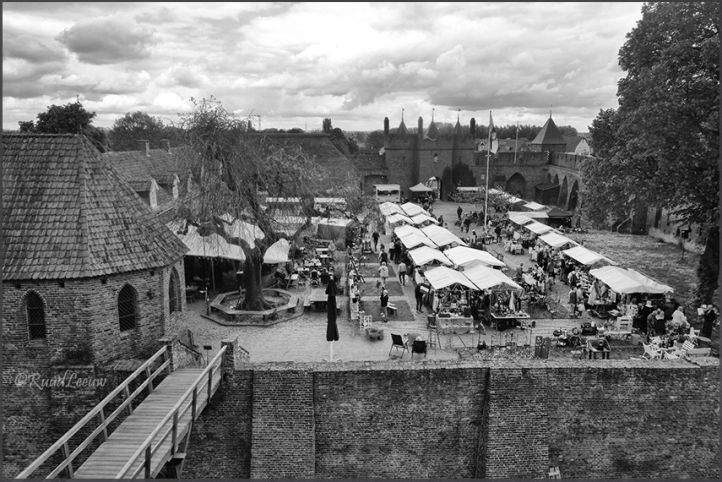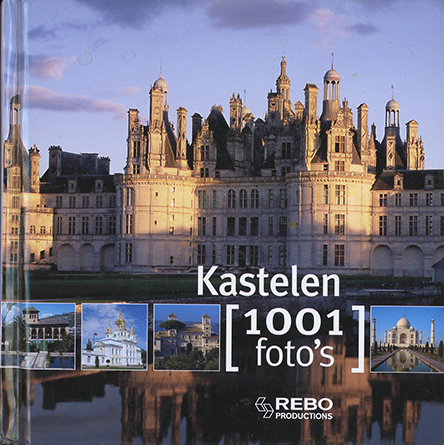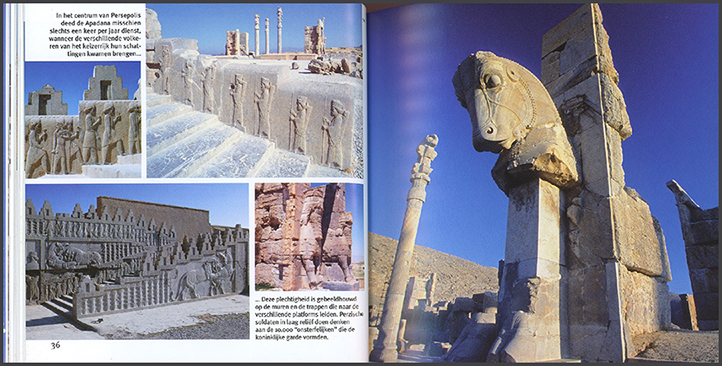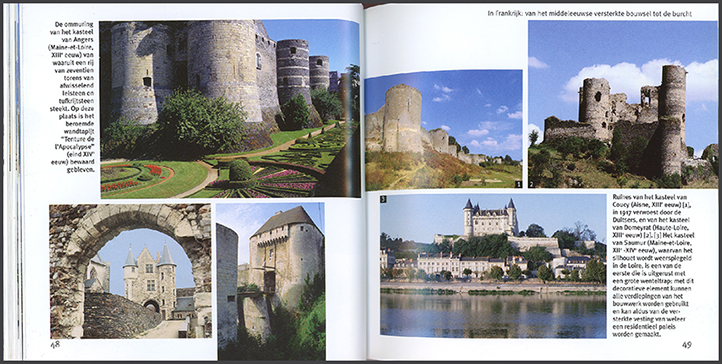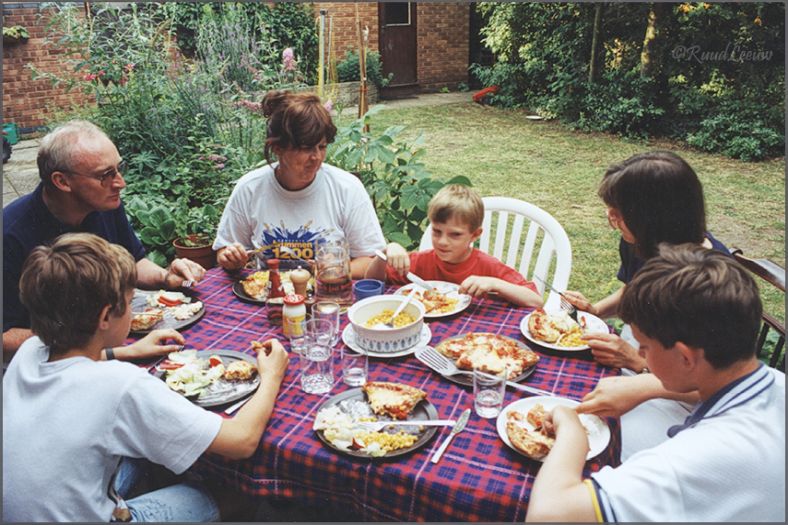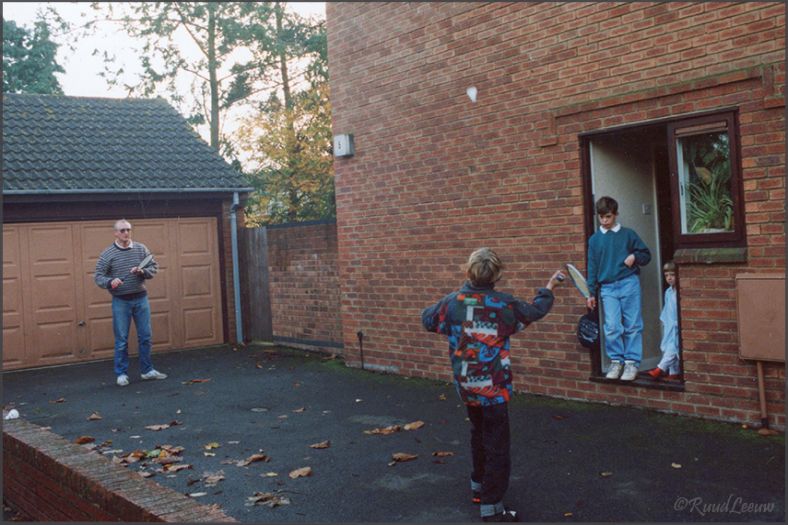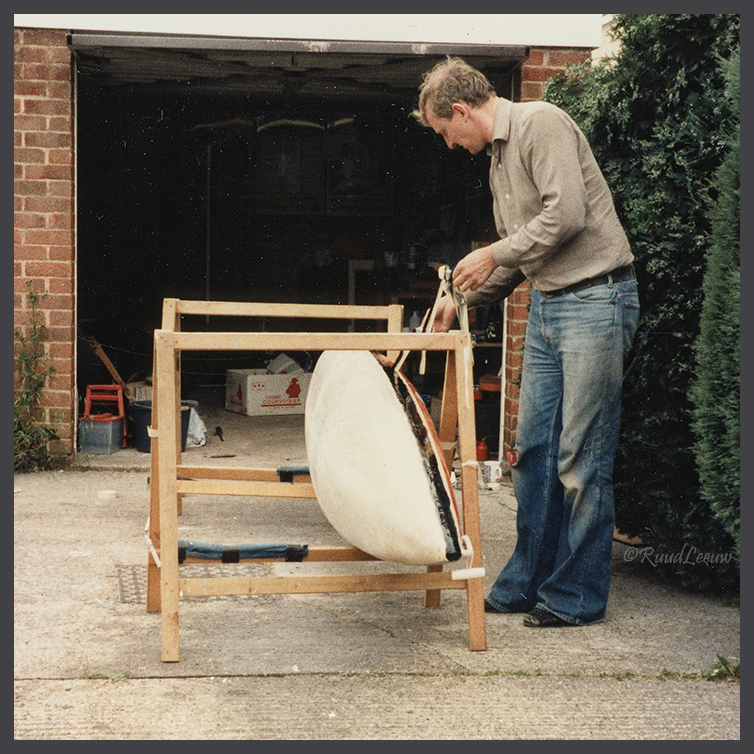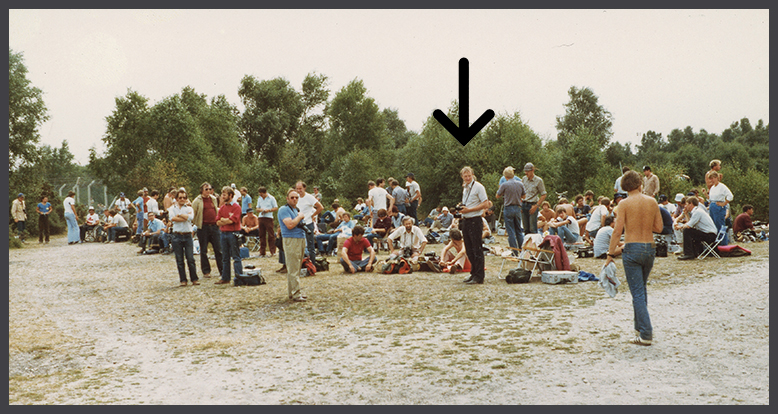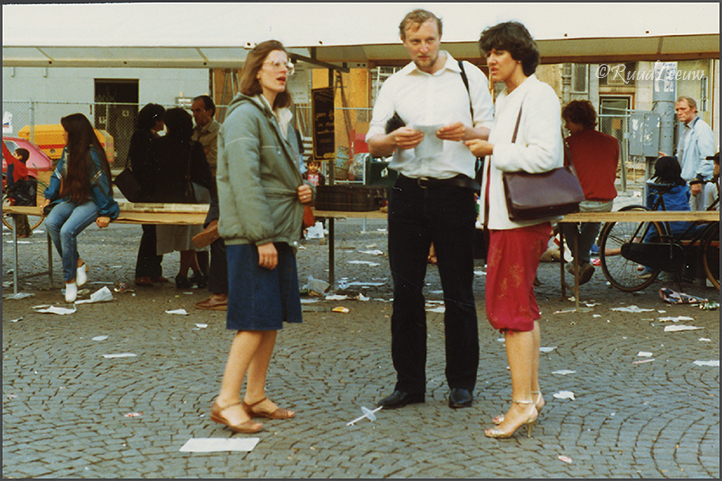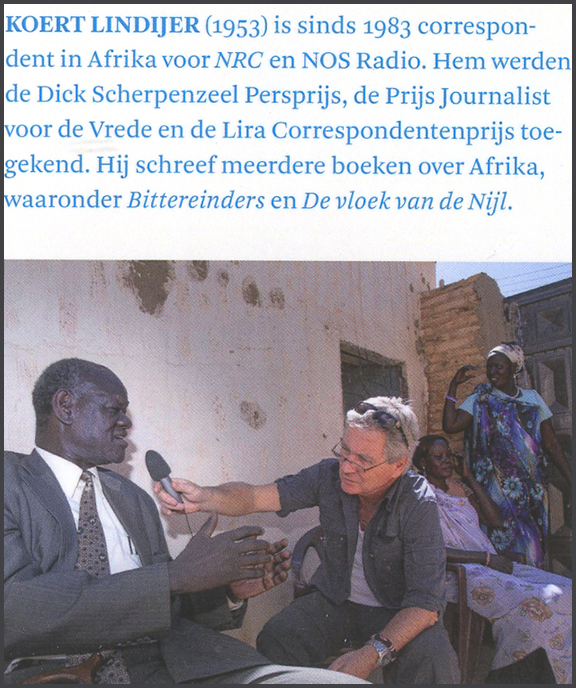| |
THE SEARCH FOR MODERN CHINA by J.D. SPENCE | HISTORY BOOKS

The Search for Modern China by Jonathan D. Spence: China's history 1600-1980s

Kazaks presenting horses in tribute (detail, 1757) to emperor Qianlong.

Opium smoking, trade goods but later a curse and a shame that reverberates to this day
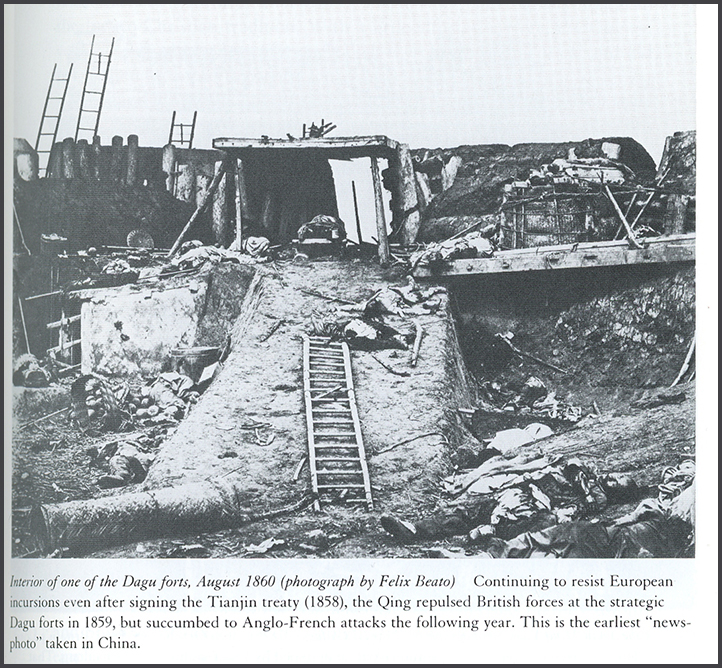
The earliest 'news photo' taken in China, 1860 by Felix Beato.
Peking (Beijing), c.1865

Photo c.1871-1872 by John Thomson

Rulers from the past: Empress Guangxu, Empress Dowager
Cixi, Prince Gong, Li Hongzhang.

China caught on very late with its infrastructure, this first railway was even destroyed..

Deng Xiaoping. Many of the cardres had their
education during a stay abroad for several years.

Mao Zedong, Zhou Enlai


The failed Canton insurrection (1937)

War with Japan. Relations were strained even in the best of times

Photograph by Henri Cartier-Bresson

For years a warm coat went from father to son..
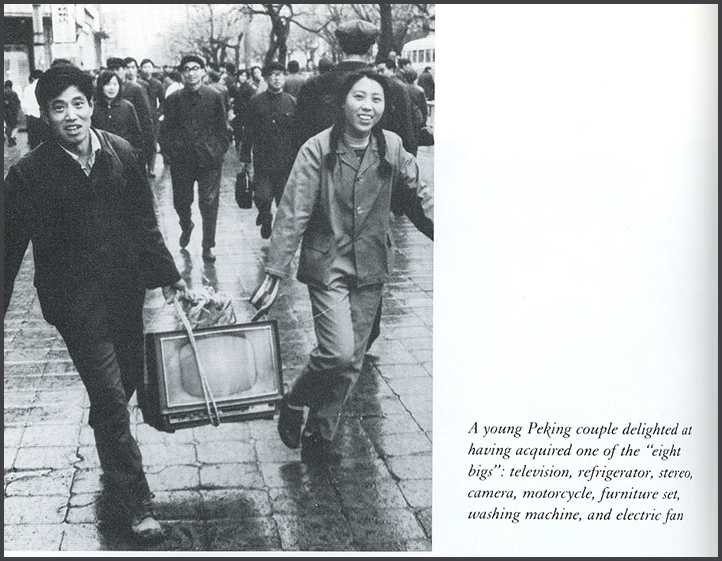
Eight bigs: television,refrigerator, stereo, camera, motorcycle furniture set, washing machine
and electric fan. Urban population caught on more quickly than rural areas where poverty ruled.

The violent put down of these demonstrations ended in a massacre and years of persecution

The Tiananmen Square demonstrations ended in tears.
This is one of those rare '5-star books' in my opinion, a book that more or less is a definitive book on China's history for the period 1600-mid 1980s.
The Search for Modern China is a 1990 non-fiction book by Jonathan D. Spence, published by Century Hutchinson and W. W. Norton & Company.
It covers the period 1600 to 1989.
According to Spence, the goal was to explain how Modern China was created rather than writing about Modern China directly.
Spence stated that he chose 1600 as the starting point so he could "get a full sense of how China's current problems have arisen, and of what resources [...] the Chinese can call upon to solve them."
It is not a page turner of a book, almost written in a scientific manner with so many names playing a role in this period: rulers, invading forces and revolts, the outside world (Japan, western countries) playing a role over centuries, the curse of opium, more and more names, the rise of the CCP versus the Guomindang, infighting in the CCP and major role players, the struggle for infrastructure during the 20th century (both in geography as well as in society), et cetera.
By the end of the 17th century, China was still a heterogeneous country whose vast expanses and endless variations in culture, economy, and religious practices have made the writing of any coherent history a daunting task.
As Yale professor Spence points out, scholars have begun to tackle it by defining 'macroregions', in which it is possible to describe and analyze these differences and to relate them to central political decisions.
But until now there has been no work as comprehensive and comprehensible as his own...
Moving from the Ming dynasty through the Manchus, the Revolution, the Kuomintang, and on through Tiananmen Square with an unparalleled combination of erudition, vision, sweep, and grace, Spence integrates a formidable amount of information about politics, culture, religion, land use, lineage patterns, poverty, wealth, and change.
And at the same time manages to flesh out the leading characters in the continuing drama.
Dominating the entire scene are the defiant problems of integrating the diverse elements of the country into an administrative whole and consolidating its borders.
Along the way, Spence offers invaluable insights into the long history of literature and the arts, attitudes towards intellectuals and women, efforts at population control, and the intensely moral and ethical ideals of the Confucian tradition, which, though rebelled against and defused through time and change, still permeate the society.
Somewhere I read that the The Gate of Heavenly Peace was described as lighter reading, but I am glad I managed to read this book to the end (took me over a year after purchase, over periods of time), lighter reading can always follow.
The index, glossary, 'further reading' and notes at the end of the book is impressive too, numbering over 120 pages!
Jonathan Dermot Spence CMG (b.11Aug1936 – d.25Dec2021) was an English-born American historian, sinologist, and writer who specialized in Chinese history.
He was Sterling Professor of History at Yale University from 1993 to 2008.
His most widely read book is The Search for Modern China, a survey of the last several hundred years of Chinese history based on his popular course at Yale. A prolific author, reviewer, and essayist, he published more than a dozen books on China!
Spence's major interest was modern China, especially the Qing dynasty, and relations between China and the West. Spence
He
frequently used biographies to examine cultural and political history. Another common theme is the efforts of both Westerners and Chinese "to change China", and how such efforts were frustrated.
en.wikipedia.org:_The_Search_for_Modern_China
www.kirkusreviews.com/ - - - /the-search-for-modern-china
en.wikipedia.org:_Jonathan_D._Spence
[03MAY2024]
|









